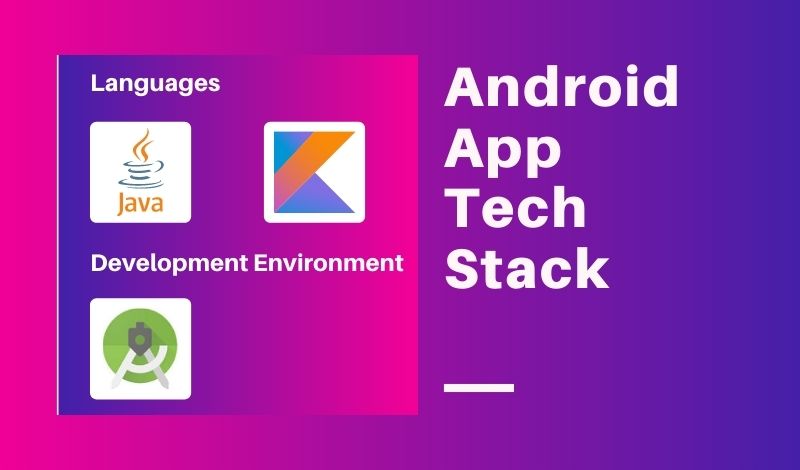An android app stack is a selective combination of apps that will fulfill a need. They serve a defined goal by catering to unit-wise features. A mobile stack of apps has individual applications working on specific aims. The plans combine to paint the bigger picture. The ideal app stack widget contains indispensable features. This article discusses what makes the perfect mobile development technology stack, the components of the app stack, the benefits, and the tips for selecting the ideal web app stack.
What Makes the Ideal Mobile Development Technology Stack?
We will start by quickly discussing the technology stack for mobile applications. Also, this is the answer to the question, ‘what is the android app stack.’ Each successful mobile application has a technology stack based on the following:
- Frontend Development: The user interacts with the mobile application with this layer. The icons, elements, and animations attract users to the app’s features.
- Backend Development: this decodes the user’s interaction with the app. You can term it the brain house of the app.
- Development Platform: This feature uses logic, libraries, and plugins. It is critical to consider it if you are planning to launch a successful app.
- Miscellaneous: on this stage, security factors, reliability, efficiency, and other related metrics are considered. The aspect of your mobile app is non-negotiable. However, this depends on different factors which can make or break the app.
Features of App Stack
Let us discuss the features of the app stack. Usually, these make the ideal web stack features. Afterward, we will discuss tips to select the best tech stack. Here are a few elements of the app stack;
- Smartphones are more efficient with an app stack.
- The launch screen has an ideal display.
- The app linking feature is an add-on.
- All modules work individually without external guidance.
What are the Benefits of App Stack?
The following are some hard-to-miss benefits of the app stack;
- Activity control and information management on the smartphone by the user.
- App switching is easy without lag.
- The app details are accessible inside the application.
- IP routing is facilitated using the app stack.
- The infix, postfix, and suffix notation algorithms are supported with an app stack.
Tips to Choose Web App Stack
Web app stack can make or break your project. However, there are some tips to consider when choosing a web app stack, and these include the following;
- The cost of app development: the app development cost plays a huge role in deciding the app stack. Suppose you invest right, you can access the best tools in the IT industry.
- Maintenance and related parameters: once you are done with the app development, the case doesn’t end there. As time progresses, your app requires maintenance to cater to new features. The app must keep up with the latest development and keep you hooked.
- The app’s security: when you rely on your app, you trust your project. This is challenging and yet essential for the upkeep of the security parameters of the app.
- The testing and launch time of the app
- Size and difficulty of the project app.
Final Thought
We have highlighted details regarding the android app stack. The dynamic memory allocation of the app stack has to lead to the utilization of memory fully, or else the unused memory space will be an issue for the developers. The flexibility of these apps is also reduced. Therefore, you should use this application to prevent compromising security.





Add comment